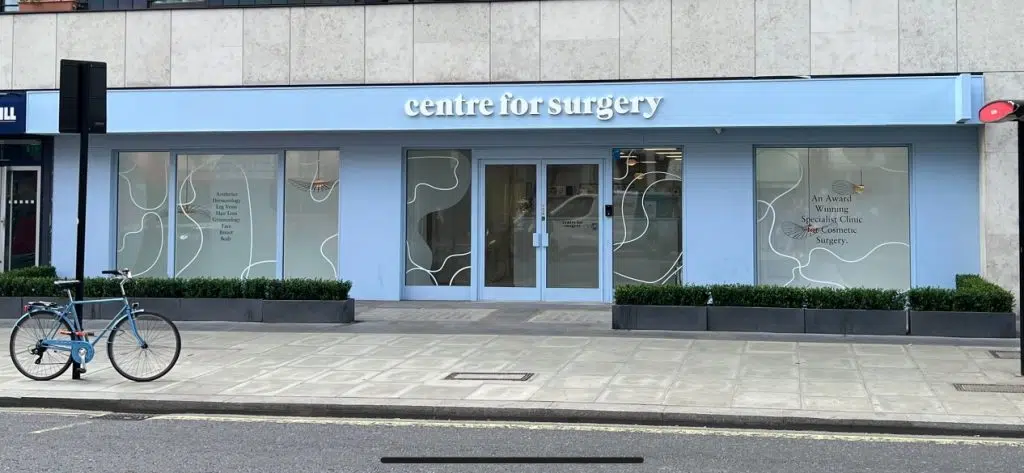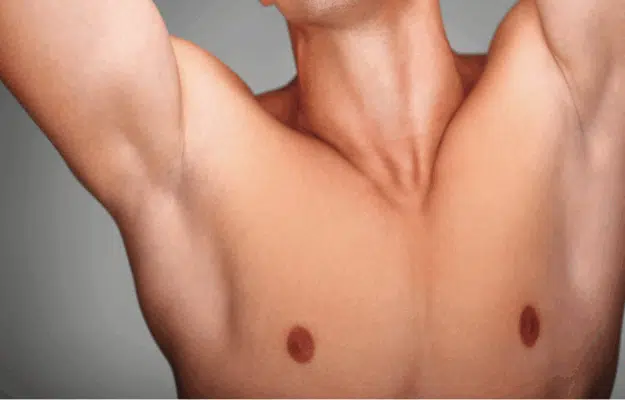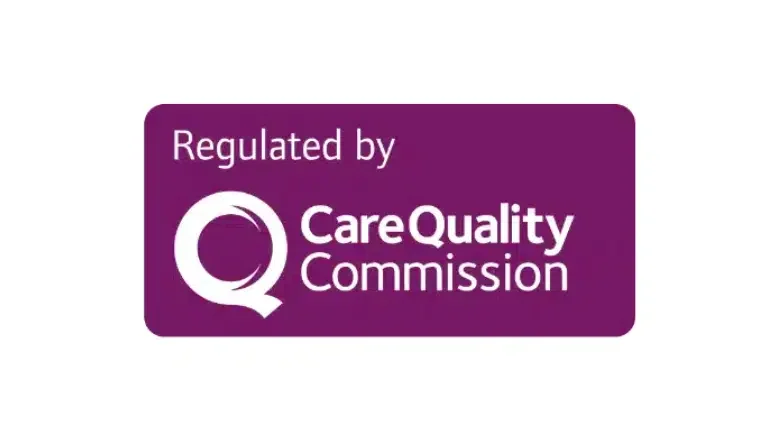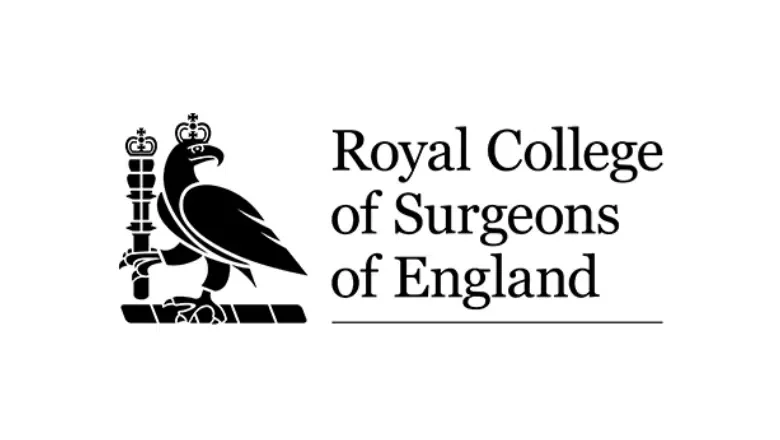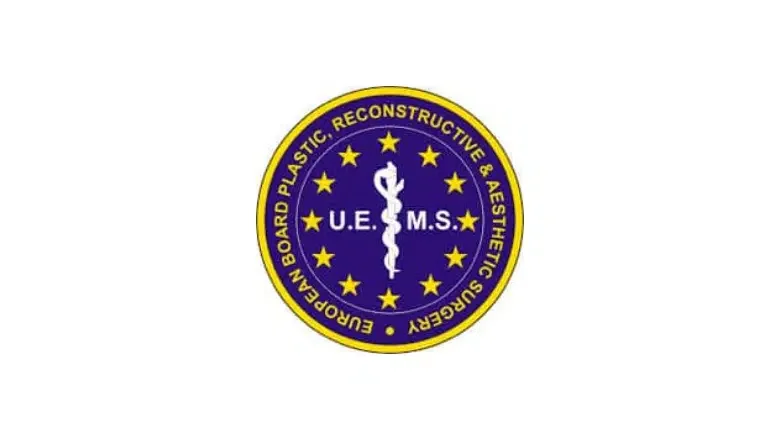More than one in four men develop gynecomastia at some point during their lifetime, with the condition being increasingly common in older men. Gynecomastia is also known as man boobs or ‘moobs’. It causes many men to lose self-confidence due to an inability to wear certain clothing items. Many men might avoid activities such as going to the beach or swimming when they may have to expose their chest. If you think you may have gynecomastia, the best starting point is to have a consultation with your general practitioner. Unfortunately, gynecomastia treatment is no longer available on the NHS. The best place for gynecomastia treatment is a reputable cosmetic surgery clinic such as Centre for Surgery in London.
What you need to know about male chest reduction
Understanding Male Breast Reduction Surgery
Gynaecomastia, or the enlargement of male breasts, can lead to discomfort and self-consciousness. For men who wish to achieve a firmer, flatter chest, male breast reduction surgery offers a promising solution. However, the process and choice of procedure can seem daunting without a clear understanding of what they entail.
Male Breast Reduction: What Does it Involve?
Male breast reduction surgery primarily involves two techniques: liposuction and tissue excision.
Liposuction for Male Breasts
This procedure effectively removes excess fat from the breast area. A small tube called a cannula is inserted into the breast, dislodging fat cells, which are then sucked out. However, liposuction alone might not be sufficient for patients with excess skin or glandular tissues.
Breast Tissue Excision
More severe cases of gynecomastia might require this procedure. Tissue excision allows surgeons to remove more substantial amounts of denser glandular tissue and excess skin that contribute to enlarged male breasts. This technique is more invasive than liposuction and might require a longer recovery period.
The choice between these two procedures, or a combination of both, depends on the severity of the gynecomastia and the individual’s specific needs.
Choosing the Best Procedure for You
The first step to determining the best surgical option is to consult a qualified and experienced surgeon at Centre for Surgery. They will assess your condition, consider your medical history and personal circumstances, and recommend the most appropriate procedure for your case.
In deciding, you should consider the extent of your gynecomastia, the possible recovery times for each procedure, and the potential outcomes. It’s important to remember that while liposuction might involve a simpler recovery, tissue excision could provide more dramatic results in cases of severe gynecomastia.
Informed decisions are paramount when it comes to your health and well-being. Ensure that you discuss all options, risks, and potential outcomes with your doctor to make the best decision for your male breast reduction surgery.
Gynaecomastia has four characteristic clinical features
The diagnosis of gynecomastia can be easily made in men with an excess of fatty tissue localised to the chest region, which is often combined with an increase in glandular tissue growth, often resulting in the chest appearing puffy. Gynecomastia can affect one or both breasts, and many men may also develop excess loose skin in the chest due to significant weight loss.
Most men are ideal candidates for male chest reduction surgery
Most men who consult with our plastic surgeons at Centre for Surgery are considered good candidates for male chest reduction as long as they fulfil specific criteria. These criteria include the fact that you are at least 18 years of age and that non-surgical treatments have been tried with no success. All men should be in a good state of medical fitness with no chronic medical conditions that could affect wound healing, such as uncontrolled diabetes. Men should be near their ideal body weight and should be physically healthy. We would recommend that men avoid smoking both before and after their procedure, and it is essential to avoid smoking during the gynecomastia recovery period, which lasts for six weeks after the procedure.
How to Get Rid of Puffy Nipples in Men
Male breast reduction surgery is the best treatment for gynecomastia
Gynaecomastia is a prevalent condition found in men, and the ideal treatment is male breast reduction surgery. Gynecomastia develops when the breast tissue found in men begins to grow and develop. It is most often related to hormonal factors. Raised oestrogen levels coupled with lower androgen levels contribute to the development of gynecomastia. Other causes include hereditary factors, certain medications you may be taking and recreational drug use such as steroids or cannabis use.
Best male chest reduction surgeon in the UK
Gynecomastia surgery involves the removal of excess fat and enlarged glandular tissue
Most gynecomastia cases require liposuction to remove excess fatty tissue beneath the skin. The next step is removing excess glandular tissue using a minimally invasive incision positioned in the lower half of the areola. Combining liposuction and glandular excision is the most effective treatment for man boobs.
RELATED: How to prepare for gynecomastia surgery
The initial male chest reduction recovery period takes between 7 to 10 days
The early recovery period after male chest reduction surgery lasts between 7 to 10 days. During this period, you should ensure you wear your compression garment continuously and avoid disrupting any sterile dressings applied to your chest after the surgery. Common side effects of male breast reduction surgery include bruising and swelling, which are temporary and will settle entirely after two weeks. Your surgeon will prescribe painkillers for you to take during the initial recovery period to ensure you are as comfortable as possible. In a few cases, your surgeon may insert a surgical wound drain after gland removal to ensure no excess blood pools in the area of the surgery to prevent the formation of a postoperative haematoma. Any wound drains placed are removed after 72 hours by one of our postoperative nurses. Our surgeons specialise in using power-assisted liposuction for chest fat removal. Most patients only need to take 2 to 3 days off work, but this will depend on the type of work undertaken with more strenuous occupations requiring a more extended period off. You should wear the compression garment continuously for at least four weeks, avoid strenuous activities, and avoid lifting heavy items. It would be best to avoid physical exercise for four weeks after the procedure. You will see your surgeon for a postoperative review at the six-week stage to review your results, and the final results of male chest reduction surgery are evident by six months.
It is essential to follow your surgeon’s preoperative instructions in full for the best gynecomastia results.
Before your procedure, our preoperative nursing team will give you preparation instructions, which will include the need to stop smoking before the surgical procedure. It would be best if you avoided any aspirin medicines to reduce the risk of bleeding during or after the procedure, including herbal supplements. You should ensure that you book time off work and arrange for a suitable adult caregiver to look after you for the first couple days after your surgery. Your adult caregiver should drop you off at the centre and pick you up once your procedure is completed. You must attend a face-to-face preoperative nurse appointment to get measured up for your postoperative compression garments. It would be best to avoid excessive sun exposure in the postoperative period.
Male chest reduction results are permanent.
As with many types of cosmetic surgery, male chest reduction results are designed to be permanent; however, several potential factors can affect the results of your procedure. Men who lose or gain significant amounts of weight over a short space of time may notice the surgery results to be affected. Several potential medications and hormonal supplements can also lead to the recurrence of gynecomastia.
Risks of male chest reduction surgery
Male chest reduction is the best treatment for eliminating gynecomastia; however, as with all types of surgery, there are several important risks and complications to be aware of. Your surgeon will explain the risks and complications of gynecomastia surgery info at your preoperative consultation. Typical risks include excessive bleeding, wound infection, visible scarring, asymmetrical results, anaesthesia complications, changes in nipple sensitivity, and skin irregularity or contour deformity.
Pseudogynecomastia occurs as commonly as true gynecomastia.
Before you proceed with male breast reduction, it is essential to diagnose your condition to permit the most appropriate treatment accurately. In many cases, men have primarily excessive amounts of fatty tissue underneath the skin of the chest with little or no glandular tissue enlargement. This condition is known as pseudogynecomastia and, unlike true gynecomastia, can be treated in some cases with diet and exercise alone. However, in most cases of pseudogynecomastia, most men find they can get the best treatment with surgery with liposuction performed independently. This procedure is a minimally invasive treatment with a short recovery period and minimal risk of complications.
Why choose Centre for Surgery for male chest reduction?
Centre for Surgery is the leading cosmetic surgery clinic in London. Our surgeons have many years of experience in treating adult men with all types of gynecomastia, including men who have lost significant amounts of weight, leading to loose skin. Our male breast reduction treatments aim to reduce excess fat on the male chest and include liposuction, gland removal and BodyTite.
Please contact us to book a face-to-face consultation with an expert gynecomastia surgeon at our state-of-the-art Baker Street clinic in central London.
How much does male breast reduction surgery cost?

